Sanctuary | Stations of the Cross | Easter 2003
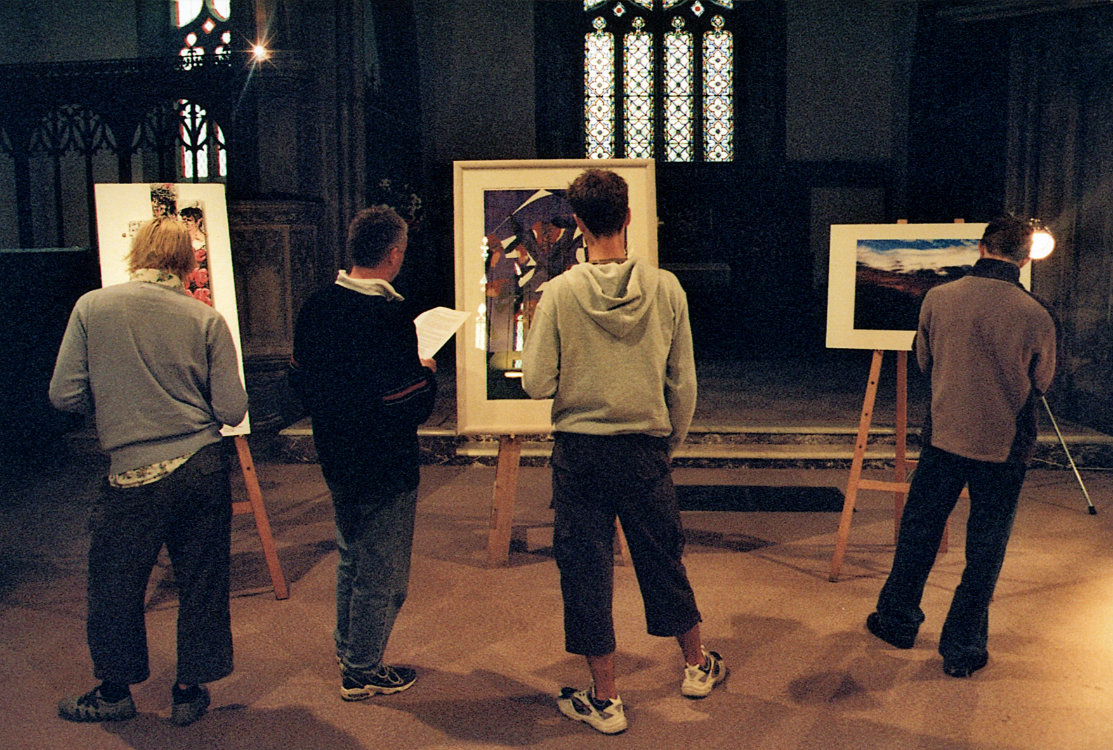 |
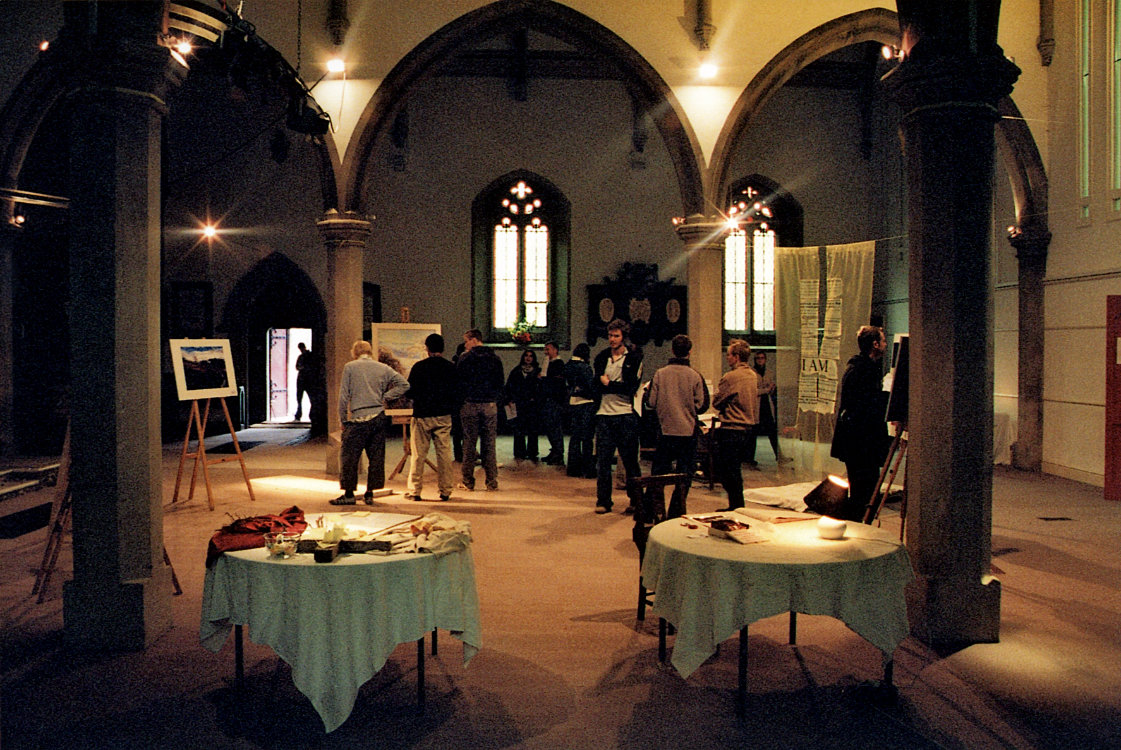 |
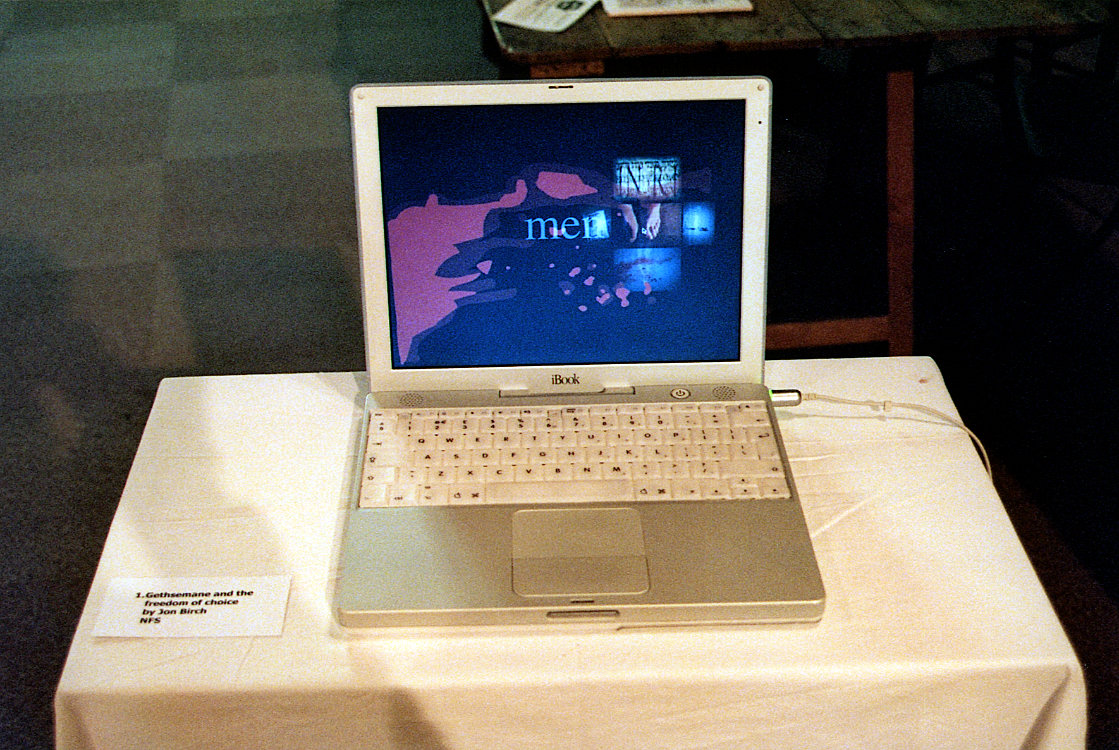 |
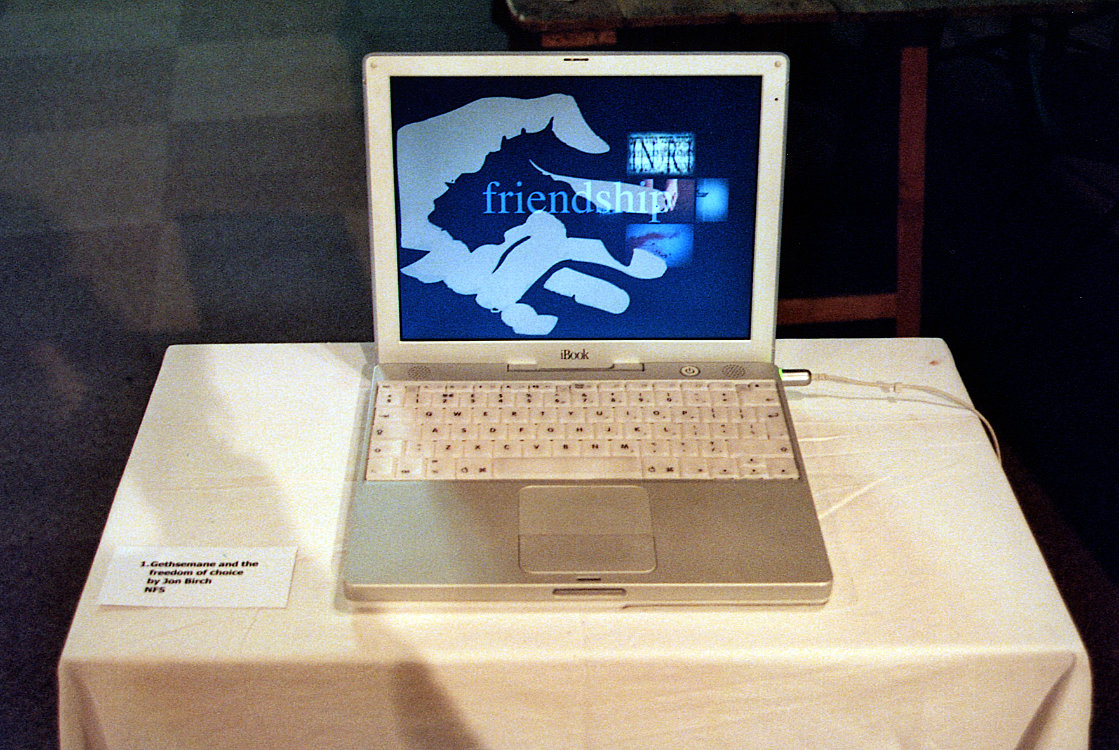 |
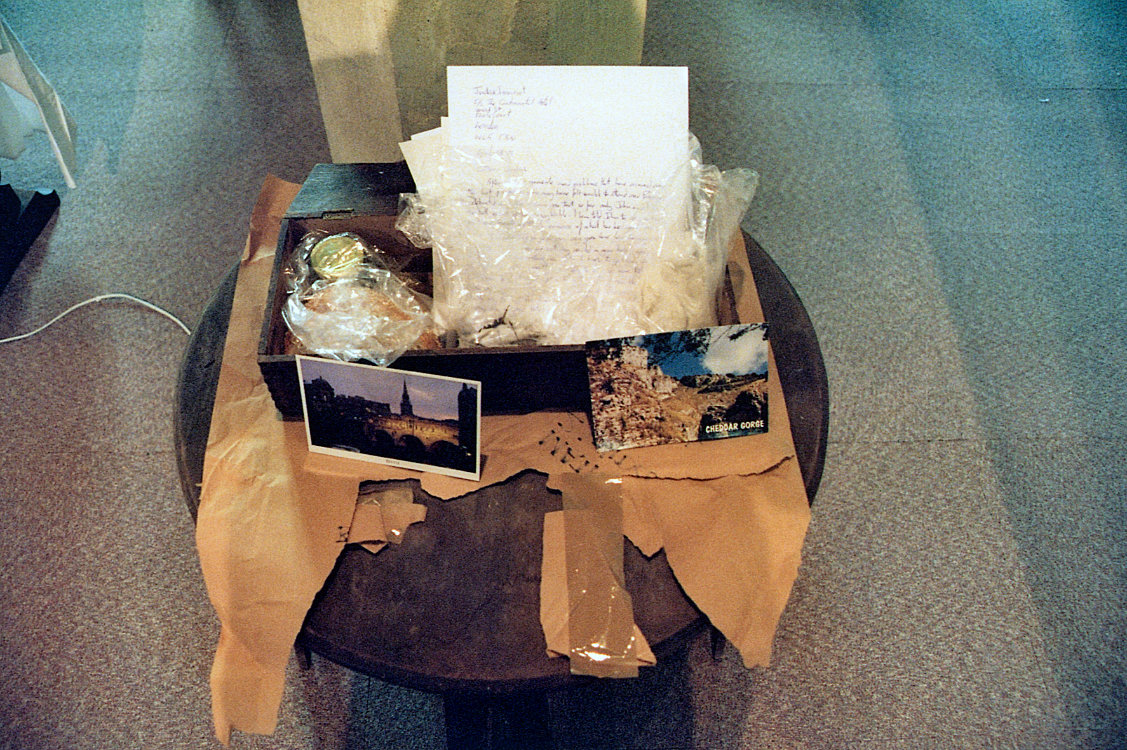 |
 |
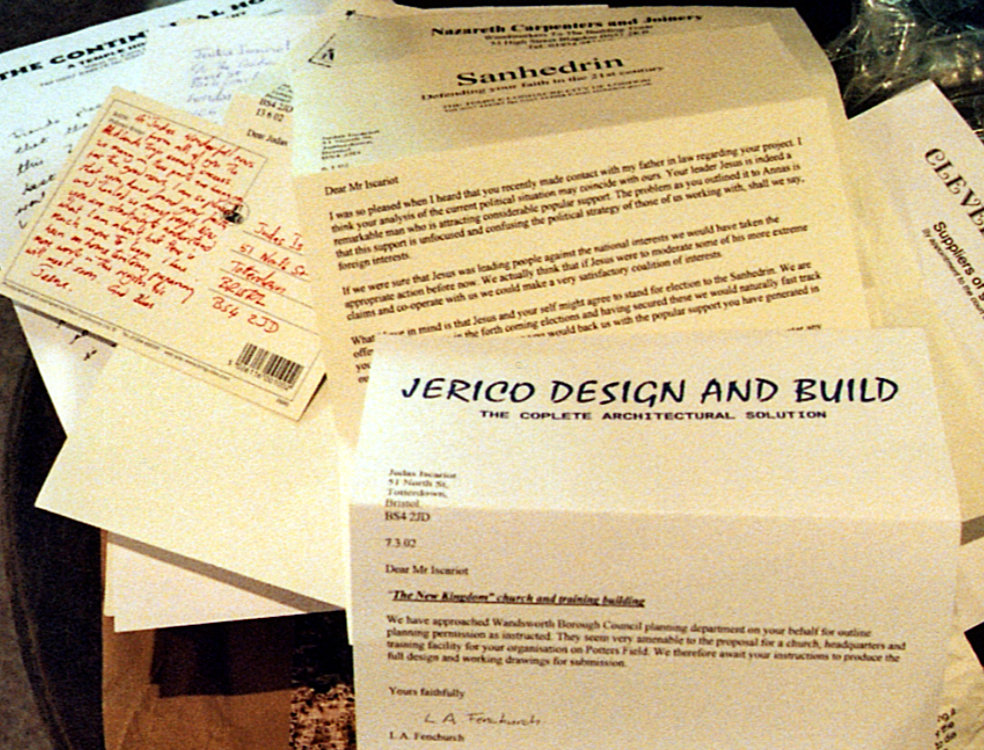 |
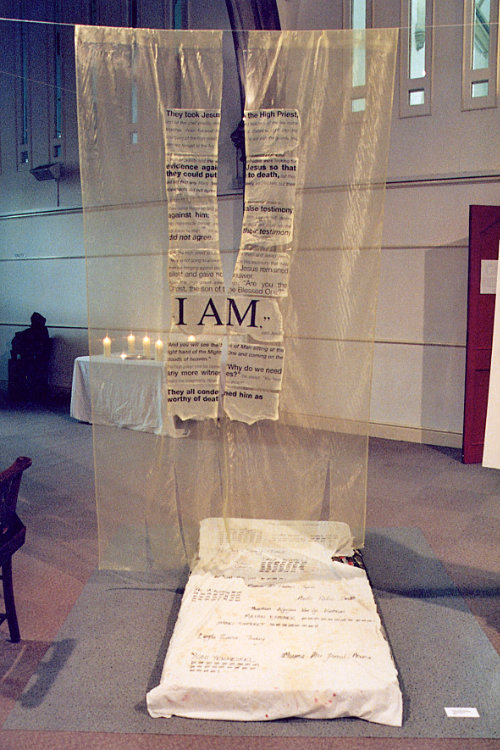 |
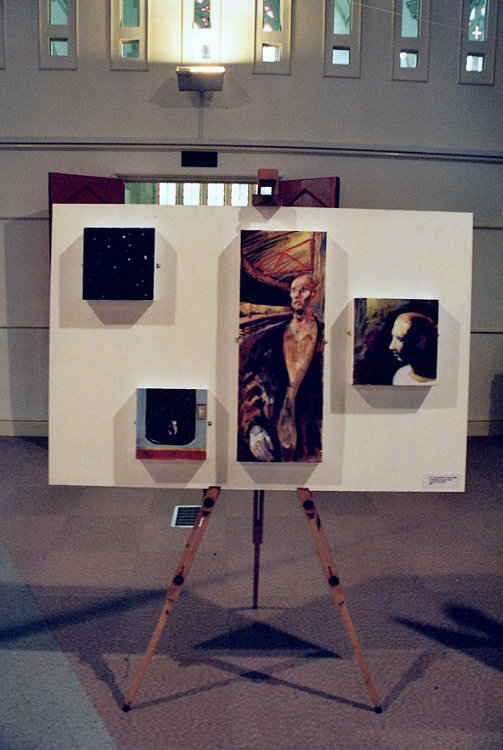 |
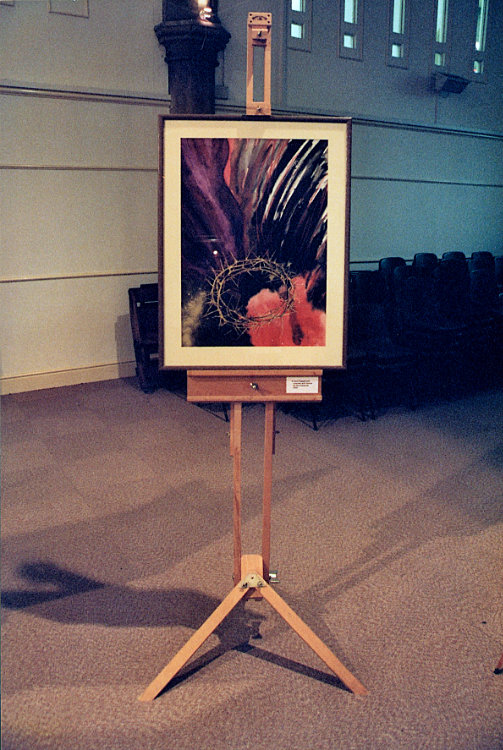 |
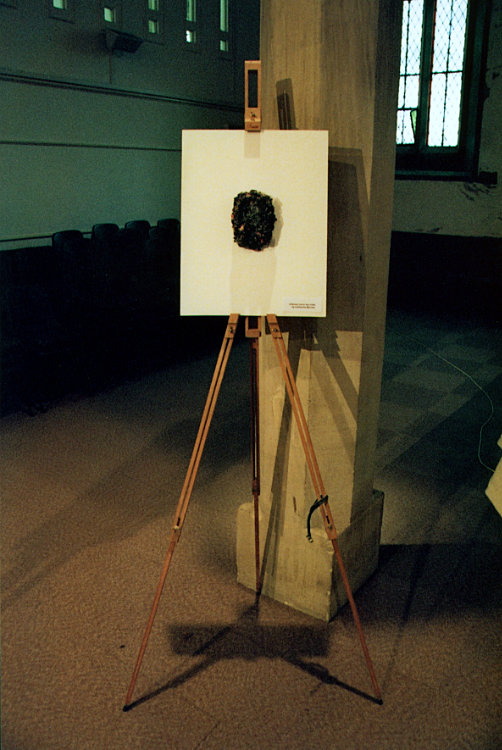 |
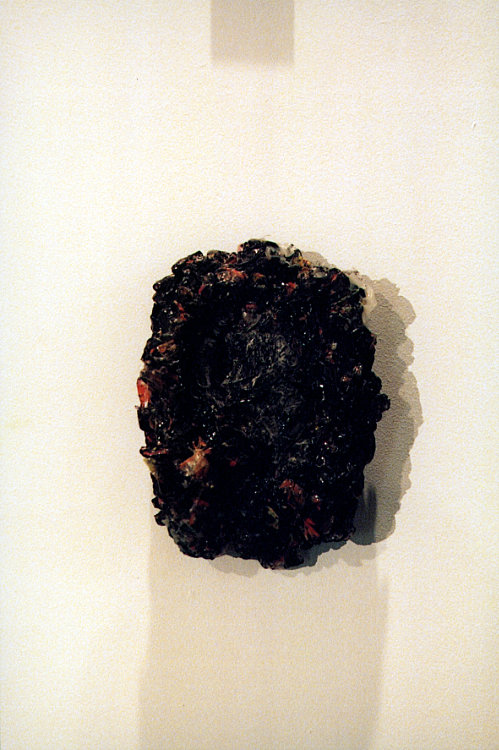 |
 |
 |
 |
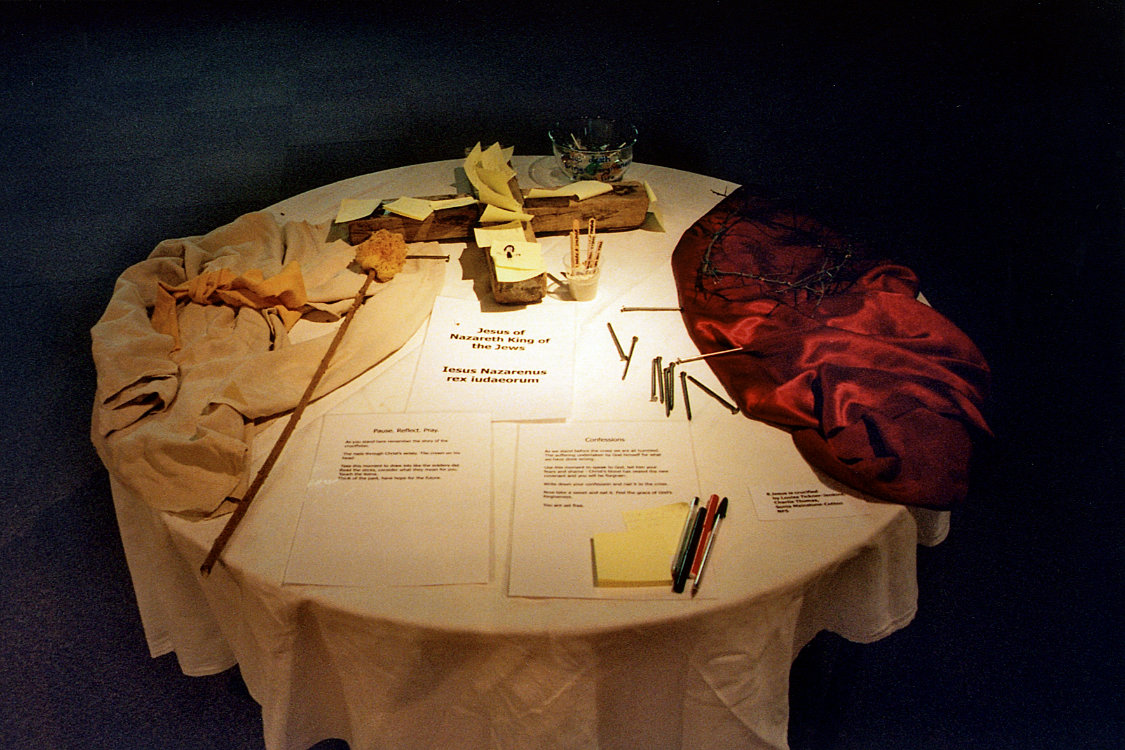 |
 |
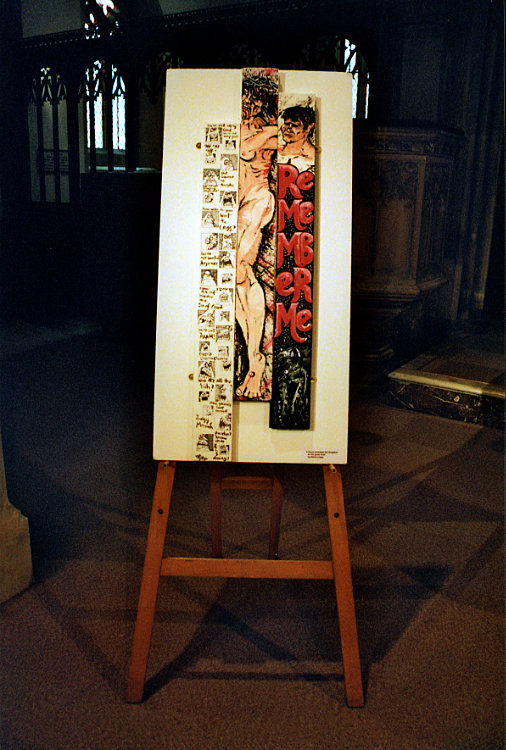 |
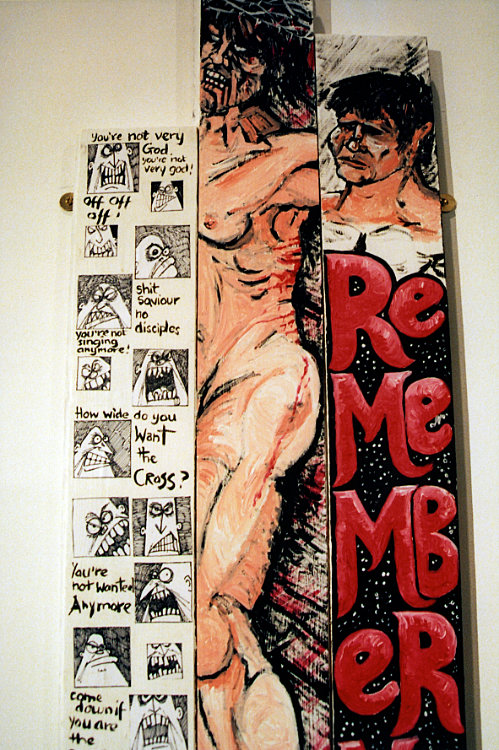 |
 |
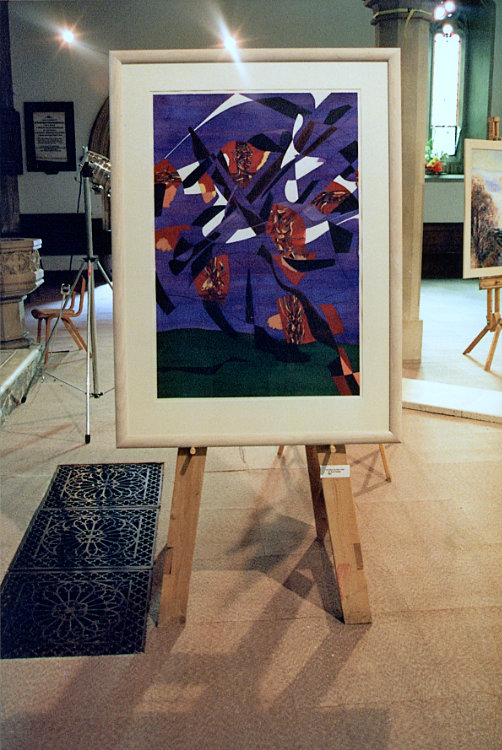 |
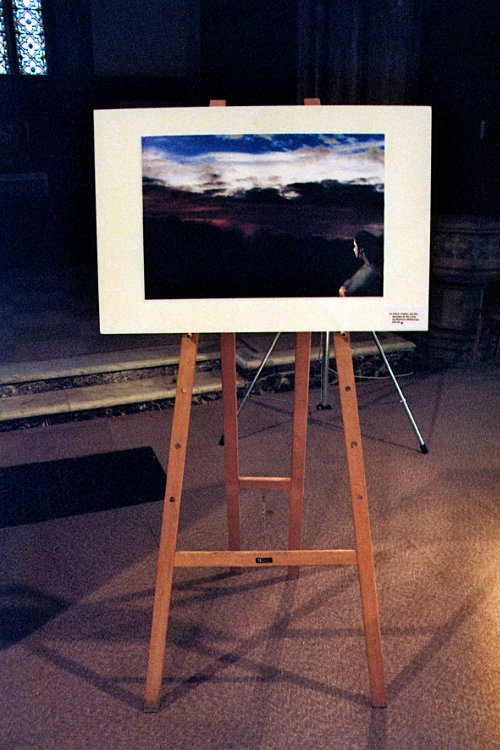 |
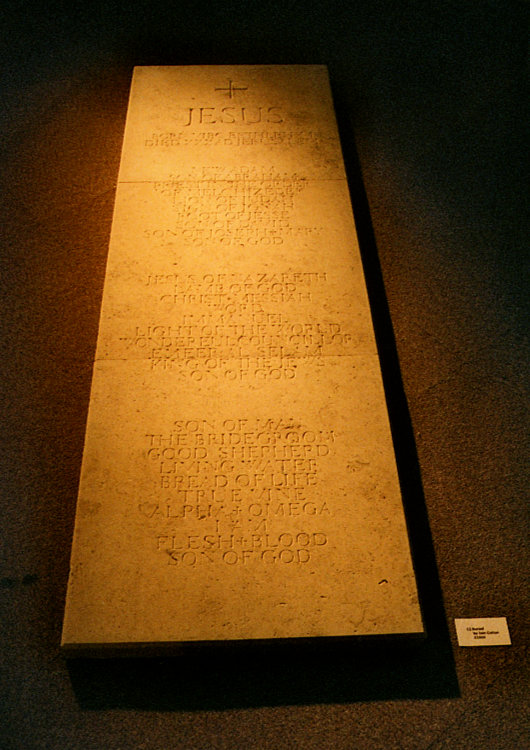 |
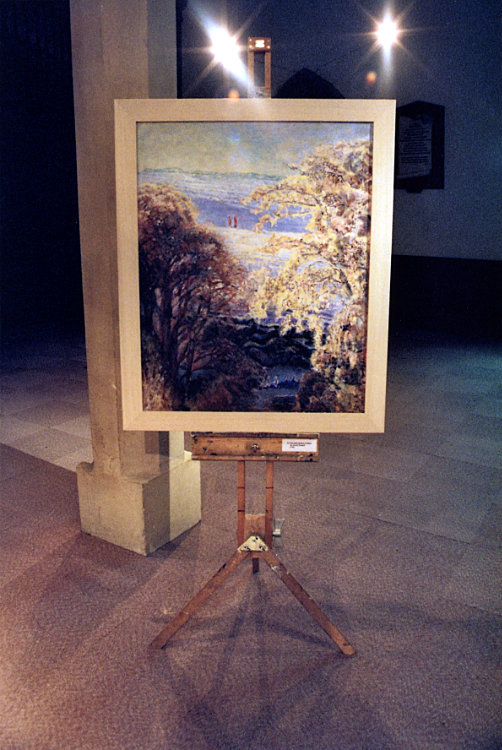 |
An exhibition open to the public from Maundy Thursday to Easter Sunday, each Station an artwork by a different artist or artists. The explanations are derived from the artist's own descriptions of their work. |
|
Station 1: 'Gethsemane and the Freedom of Choice', by Jon Birch. |
All the things that Christ relinquished by choosing the Cross, are the things that are redeemed by the Cross. |
Station 2: 'The Betrayal', by Laurence Tindall. |
Letters to Judas, from religious leaders, financial consultants, property dealers - and a postcard from Jesus. 'I am looking at the conflict that ensues when we decide we know best, and sacrifice other interests at the altar of our ego. In writing these imaginary communications I am not suggesting that I know what actually happened. What I would like to suggest is a conflict of ideas. The disciples argued among themselves about which of them was greatest. What kind of kingdom did they have in mind? Often we build our own kingdoms on the back of our beliefs.' |
'Dear Mr Iscariot....I think your analysis of the current political situation may coincide with ours. Your leader Jesus is indeed a remarkable man who is attracting considerable popular support. The problem as you outlined it to Annas is that this support is unfocussed and confusing the political strategy of those of us working with, shall we say, foreign interests. If we were sure that Jesus was leading people against the national interests we would have taken the appropriate action before now. We actually think that if Jesus were to moderate some of his more extreme claims and cooperate with us we could make a very satisfactory coalition of interests. What I have in mind is that Jesus and yourself might agree to stand for election to the Sanhedrin.' |
Station 3: 'Jesus condemned to death by the Sanhedrin', by Claire Birch. The trial of Jesus as a miscarriage of justice with contemporary social and political points of reference. |
Station 4: 'For every denial I've ever made to knowing the One I love', by Marco Cazzulini. The denial of Peter, and the many more moments of our denial since that time. |
Station 5: 'Jesus flogged and crowned with thorns', by Jane Edwards. |
Station 6: 'Simon carry my cross', by Catherine Barclay. |
This piece is made from empty pill capsules. In a society where it is still shameful to ask for help and use medication, a reminder that the way of the cross is not about independence. |
Station 7: 'Jesus encounters the women of Jerusalem', by Su Bowman. |
Ink your fingers before looking at the book, to leave a mark. |
To all the men and women who try to bring hope and comfort to the people around them. Be sure not only of Jesus' commitment to make a place for you in paradise, but also of his gifts to you now to share hope and healing. |
Station 8: 'Jesus is crucified', by Louisa Tickner-Jenkins, Charlie Thomas, Sonia Mainstone-Cotton. |
Explore the objects connected to the crucifixion and reflect. Write a confession and stick it on the cross, then take a sweet as a sign of God's forgiveness. |
Station 9: 'Jesus promises the kingdom to the good thief', by Mark Cripps. |
|
Being a football fan, you know what a crowd can be like. You know the shared highs of victory and the lows of defeat. You experience corporately - in a way that I never have in church - living every kick of the ball, through the great, the good and the bad. You also know that there's a negative to this, you know how a crowd can turn and how easy it is to ride that wave of mockery and cruelty. It doesn't matter who the victim is - opposing team players and fans, a returning 'Judas', the ***** in the black and even worse one of your very own. In the guilt and recrimination that follow, you can blame the moment, the emotion, the game or you can in a quiet voice say to Jesus "Remember me". |
Station 10: 'Jesus on the Cross', by Paul Hobbs. The cross is found amidst a swirl of shapes. The purple refers to the three hours of darkness, and to kingship. The red blocks of colour contain parts of Christ's body [head, hands, feet etc] pictorially broken for us. The resurrection is implied by the energy of the forms which spin and dance around the cross. |
Station 11: 'Jesus's mother and the disciples at the Cross', by Madeleine Williamson. The only character 'watching' at the crucifixion in all four Gospel accounts was Mary Magdalene. She had a suspicious past, was on the edge of society yet Jesus gave her another chance: "her sins have been forgiven - for she loved much" [Luke 7:47]. My hope is that this work will challenge viewers to think about where they each individually stand with Jesus. |
Station 12: 'Buried', by Iain Cotton. 'Buried' is about the final and desperate reality of Jesus' death, from before the resurrection. His epitaph is his names from the Bible which encompass what others hoped he would be and his claims and promises for himself. Jesus is lost to his people, lost to his followers and lost to his family. He is almost lost to our own time too [as if he never rose], like the forgotten saints marked by the tombstones we shuffle across in historic churches. Is there any hope here? See if you can find it among the names. |
Station 13: 'The resurrection of Jesus', by Janice Russell. After a snowfall on the Mendips, they were transformed into a magical playground. As two walking figures appeared on the horizon here was a glimpse of a renewed creation which is the vision and climax of the Biblical storyline. |

